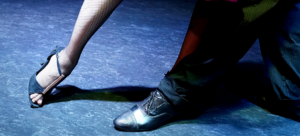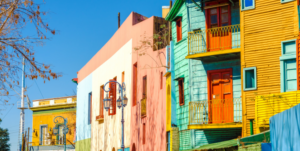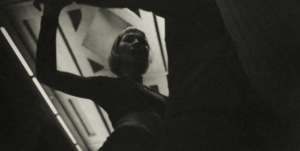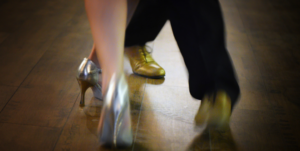What is Guardia Nueva in Tango?
The term Guardia Nueva refers to the period in which tango underwent significant evolution, achieving maturity and international acclaim. This era is characterized by the refinement of musical arrangements and the emergence of distinct artistic styles. Innovations introduced during this time transformed tango into a sophisticated genre, appealing to a broader audience and solidifying its place on the global stage.
Musical and Instrumental Characteristics of Guardia Nueva
During the Guardia Nueva, tango music experienced notable advancements:
- Orchestration: The traditional ensembles expanded, incorporating a richer array of instruments, leading to more complex and nuanced arrangements.
- Harmonic Complexity: Composers experimented with intricate harmonies, adding depth and emotional resonance to tango compositions.
- Rhythmic Variation: While maintaining its distinctive rhythm, tango began to explore varied tempos and syncopations, offering dancers a broader expressive range.
Prominent Figures of the Guardia Nueva
Several artists were instrumental in shaping the Guardia Nueva period:
- Julio de Caro: A pioneering violinist and bandleader, de Caro introduced innovative arrangements and a refined orchestral sound that redefined tango music.
- Carlos Gardel: Although his career began in the Guardia Vieja, Gardel’s influence peaked during the Guardia Nueva, popularizing the tango canción worldwide with his unparalleled voice.
- Aníbal Troilo: Known as “Pichuco,” Troilo was a master bandoneonist and orchestra leader, celebrated for his profound and emotive interpretations.
- Osvaldo Pugliese: His orchestra was renowned for its precision and sophistication, with complex arrangements that captured the essence of tango.
- Francisco Canaro: A prolific composer and orchestra leader, Canaro played a pivotal role in popularizing tango on an international scale.
Differences in Dance: Rhythm, Movements, and Specificities
The Guardia Nueva era introduced significant changes to tango dancing:
- Rhythmic Interpretation: Dancers began to embrace varied tempos and syncopations, allowing for more expressive and personalized interpretations.
- Movement Complexity: The dance evolved to include more intricate steps and figures, moving beyond the straightforward movements of the Guardia Vieja.
- Embrace and Connection: While the close embrace remained prevalent, dancers experimented with open embraces and dynamic partner connections, enhancing the dance’s expressive potential.
Experience the Essence of Guardia Nueva with Luciano Tango School
At Luciano Tango School, we offer classes that delve into both the rich history of tango and its musical and dance complexities. Our instructors are dedicated to helping you learn to dance tango and develop a profound musicality in your performance. Join our tango classes and discover how the Guardia Nueva era can inspire and enrich your life. We look forward to sharing the passion of authentic Argentine tango with you!





